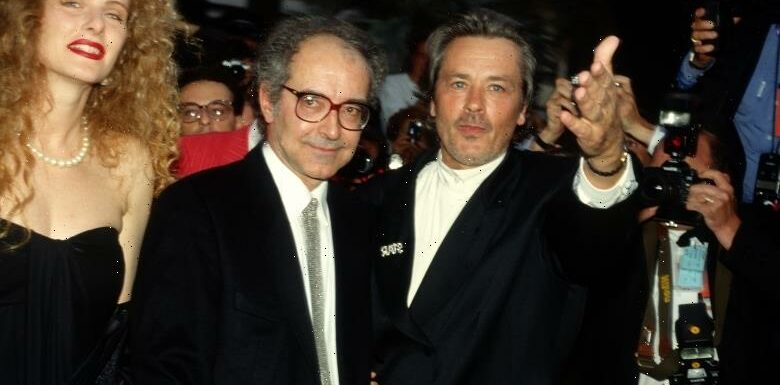
Media coverage of Jean-Luc Godard’s death will fall short of what he merits. He was a game-changing creator on the level of Sergei Eisenstein, Charlie Chaplin, D.W. Griffith, and others who changed the grammar of film forever, but his best-known films are from a half-century ago. And there’s this: Under the standards by which successful directors are judged today — box office and awards — Godard was strictly a minor-league player.
His lifelong regard as a master is a tribute to to his films above all, but it also speaks to a cinephile culture that elevated and supported him for decades despite the general public’s disinterest.
In the U.S., Godard’s films initially received erratic distribution with short-run showings at a few big-city theaters; even his best-known titles like “Breathless” and “Week-end” received marginal releases. They appeared erratically, out of order, and sometimes not until two or three years after their public debuts.
Arthouses in the 1960s loved foreign-language films, particularly French ones, but other French directors like Francois Truffaut, Claude Chabrol, and Alain Resnais got far more play. In 1966, the U.S. release of Claude Lelouch’s “A Man and a Woman” grossed the equivalent of $140 million today. That was not Godard’s world.
Most of Godard’s films were handled by companies that were careful curators but not major distributors. In 1970, then-startup New Line Cinema handled Godard’s impressionistic Rolling Stones documentary “Sympathy for the Devil,” but New Yorker released most of his films. Godard returned to mainstream filmmaking (by his standards) in the 1980s with “Hail Mary,” “Detective,” and “First Name: Carmen,” but few companies pursued them despite a renaissance of interest in foreign films.
While reliable box-office reporting predated most of his films, perhaps only 1980’s “Every Man for Himself” starring Isabelle Huppert and 1985’s “Hail Mary” (elevated by charges of blasphemy) might have grossed over $1 million in today’s dollars.
“Goodbye to Language”
©Kino International / Everett Collection
The 2014 release of the 3-D “Goodbye to Language” grossed $402,000; few arthouses had the capacity to show 3-D films. Yet when given a chance, it clicked: In Los Angeles, it grossed $45,000 its first week at the Aero in Santa Monica.
To the extent that American revenues mattered, what sustained Godard was his draw in non-theatrical venues. As a high school student I saw my first Godard film, “La Chinoise” (1967), the story of young French Maoist activists. It played to a sold-out college audience in 1969 and 300 people were mesmerized. It also set me on the path to become an exhibitor, knowing that might allow me to provide a similar experience.
His films became bedrock for college film groups and other non-theatrical programs, which grew sharply in the 1970s. The fact that his films weren’t readily available only increased their appeal and the effort required to find them gave the sense of a religious pilgrimage. Criterion sustained many of his films in its early days on DVD. Today, nine key Godard titles are available on the Criterion streaming platform.
Godard and his work received little awards attention: None of his films received Oscar nominations and while the Cesars nominated him for “Every Man For Himself,” “Passion,” and “Hail Mary,” he didn’t win. Both organizations later recognized him with honorary awards. His sole win for best film win from any major American critics group was the National Society of Film Critics, which recognized him in 2014 for “Goodbye to Language.”
Even among key film festivals like Cannes, Berlin, and Venice, recognition was fleeting. Eight of his films were in the running for Cannes’ Palme d’Or. His last two received lesser awards, but not the Palme. “Alphaville” won Berlin’s Golden Bear in 1965 and Venice awarded the Golden Lion to “First Name: Carmen” in 1983.
The only place where perhaps he received his due was in 2012’s Sight and Sound critics poll. He was the only director to have four films in the top 50, with “Breathless” the highest at #13.
Godard never sought acclaim; in fact, he often seemed to dare people to reject him. He considered himself a student himself of film and loved the classic studio era but once said, “Any great modern film which is successful is so because of a misunderstanding.”
His career impacted the medium he loved to a degree that exceeds any of his contemporaries. Films are his legacy; that he succeeded without playing the Hollywood game is something many could learn from.
Source: Read Full Article

